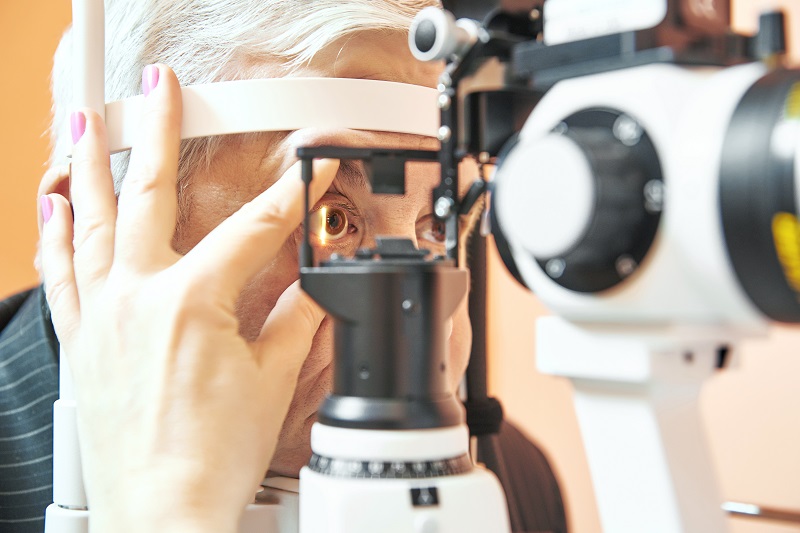
Vitreoretinal diseases affect the vitreous and retina. This region, which is found at the back of the eye, is not visible. The retina serves as an extension of the brain. It creates the interior lining of each eye and consists of light-sensitive nerve endings that are photoreceptor cells known as cones and rods. Vitreous is the gel-like material that fills the area between the retina and the lens.
What Conditions Affect the Retina and Vitreous?
Many conditions can affect the retina and vitreous, including:
- Diabetic Retinopathy
This diabetic eye condition often has no early warning signs. Risk increases the longer a patient has diabetes. Proper treatment can dramatically increase the chances of retaining vision.
- Macular Degeneration
Macular degeneration happens when the center of the retina deteriorates. It is more common in older individuals and can be prevented with a healthy lifestyle.
- Retinal Detachment
Retinal detachment occurs when the retina pulls away from the layer under it, disconnecting it from the blood vessels that are needed to supply nourishment and oxygen. A retinal tear can also happen when the vitreous pulls hard enough to cause a tear to form.
- Retinoblastoma
Retinoblastoma is a form of cancer that grows in the retina. It can occur when something goes wrong and causes a gene mutation while a baby is inside the womb.
- Retinitis Pigmentosa
This condition is inherited and can lead to vision impairment. Symptoms begin with decreased night vision and a loss of mid-peripheral vision. Other symptoms include slow adjustment from dark to light, blurry vision, poor separation of color, and tunnel vision.
The best way to diagnose and treat vitreoretinal diseases early is with regular dilated eye exams with your ophthalmologist. Contact Eye Michigan’s Southeast Michigan office to schedule your appointment today.
#EyeMichigan #DiabeticRetinopathy #MacularDegeneration #RetinalDetachment #VitreoretinalDiseases
